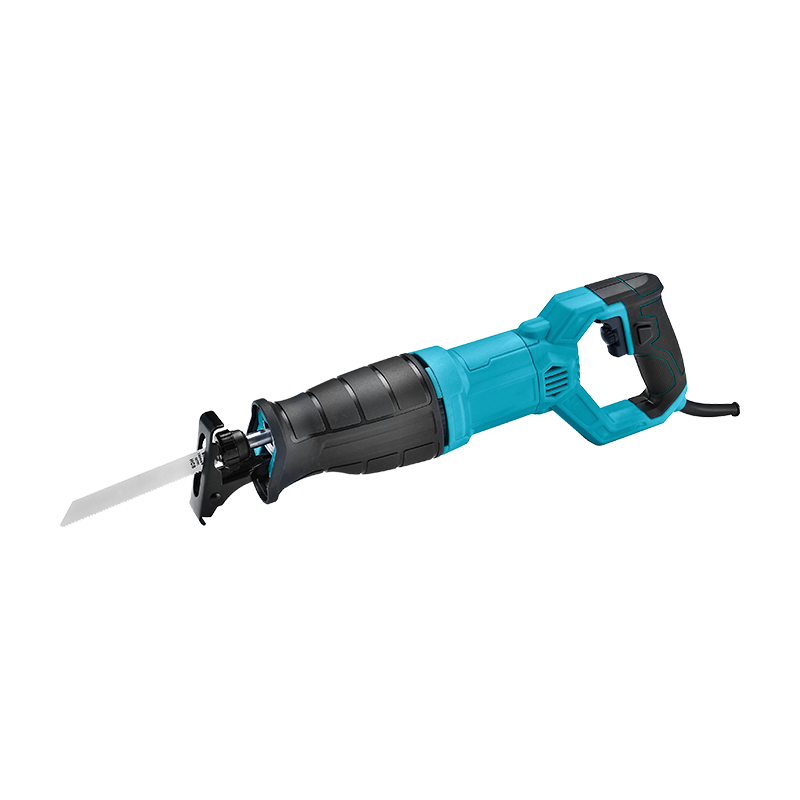 2025.09.25
2025.09.25
 Industry News
Industry News
Heavy-duty cutting applications are experiencing substantial improvements through the latest generation of industrial reciprocating saw equipment. These robust tools represent a significant evolution in power and performance characteristics specifically engineered for demanding professional environments. The modern industrial reciprocating saw incorporates numerous technological enhancements that deliver exceptional cutting capability across various challenging materials and applications while maintaining operational reliability under continuous use conditions.
Motor technology forms the foundation of recent industrial reciprocating saw advancements with manufacturers developing more powerful and efficient drive systems. These specialized motors provide increased cutting force and maintained performance under heavy load conditions ensuring consistent operation through dense materials including structural metals, heavy-gauge piping, and reinforced construction materials. The industrial reciprocating saw demonstrates remarkable durability in these demanding applications with improved thermal management systems that prevent overheating during extended operation periods. This reliability makes the industrial reciprocating saw indispensable for demolition work, metal fabrication, and heavy construction tasks where tool failure is not an option.
Safety engineering has received significant attention in the latest industrial reciprocating saw designs with multiple protective systems operating simultaneously to ensure operator protection. Advanced vibration dampening technology substantially reduces harmful oscillations that traditionally caused user fatigue and potential health concerns. These systems combine with improved blade retention mechanisms and enhanced guard systems to create an industrial reciprocating saw that offers both exceptional cutting power and predominant operational safety. The integration of these features demonstrates the industry's commitment to protecting professionals who rely on these tools daily.
Durability enhancements represent another crucial aspect of modern industrial reciprocating saw design. Manufacturers have incorporated reinforced housing materials and impact-resistant components that withstand harsh job site conditions. The industrial reciprocating saw now features improved sealing systems that protect internal mechanisms from dust, debris, and moisture exposure. These construction improvements extend tool lifespan and reduce maintenance requirements even when operating in challenging environments such as demolition sites, industrial facilities, and outdoor construction projects.
Ergonomic improvements have significantly influenced the latest industrial reciprocating saw configurations despite their heavy-duty nature. Weight distribution has been carefully balanced throughout the tool structure while handle designs provide secure grip and better control during operation. The industrial reciprocating saw now features more intuitive control placement and reduced kickback characteristics that enhance user comfort and precision during extended cutting sessions. These refinements are particularly valuable when making precision cuts in difficult positions or confined spaces where control is essential for both accuracy and safety.
Blade technology has evolved substantially to match the capabilities of modern industrial reciprocating saw equipment. Specialized blades are now available for cutting various materials including high-strength alloys, abrasion-resistant metals, and composite materials. The industrial reciprocating saw accommodates these advanced cutting implements through improved blade clamping systems that ensure secure attachment and precise alignment during operation. These developments guarantee that each industrial reciprocating saw can deliver clean, accurate cuts through the toughest materials professionals encounter in industrial settings.
The continued innovation in industrial reciprocating saw technology reflects the tool industry's commitment to meeting the evolving demands of professional users. As these tools become more advanced, they offer greater cutting power, improved durability, and enhanced safety features that benefit various industrial applications. The ongoing development of industrial reciprocating saw capabilities ensures these essential tools will remain fundamental components of heavy-duty cutting operations across numerous industries and applications.
